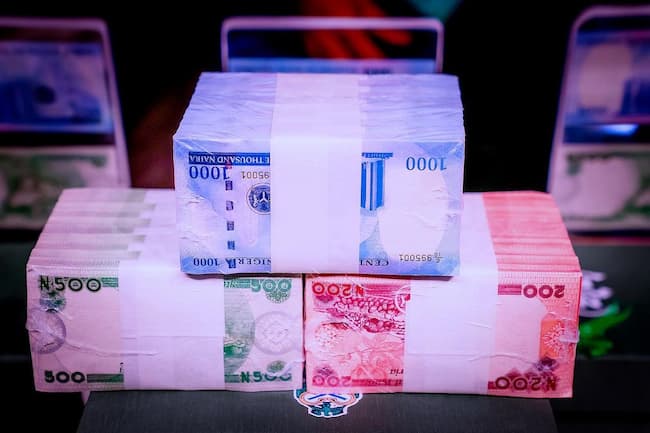Contrary to what the market had anticipated, the naira’s ascent versus the US dollar—the leading foreign currency—was impeded. The local currency attempted in vain to recover losses sustained from the foreign exchange market’s conflict of supply and demand.
The demand for foreign exchange at the official window has outpaced the total number of US dollars and other foreign currencies available in the market. The naira ended the day at N1,419.11 after falling 5.96% versus the US dollar at the Nigerian Autonomous Foreign Exchange Market (NAFEM), according to information released by the FMDQ Securities Exchange on Monday.
Since the Central Bank of Nigeria (CBN) declared that it was not defending the local currency against criticisms of its depleting external reserves, the naira has been under pressure. The CBN said it maintains a willing buyer, willing seller position in the forex market, though the authority has continually sold US dollars to currency traders in the informal market to meet invisible FX demand.
Delay in US dollar sales to boost liquidity in the parallel market spurred depreciation of the local currency as the FX liquidity level in the alternative market failed to meet demand for foreign currency. Today, the parallel market rate has started to reclaim value following $10,000 sales to Bureau de Change operators at a subsidized rate of N1,021.
The fx spot rate at the unofficial currency market appreciated to N1340, according to a channel check, recovering losses after falling to N1,450 last week. In the global commodity market, crude oil prices experienced a decline, with the Brent crude falling by 0.89% to trade at $88.50 per barrel, and the West Texas Intermediate (WTI) crude oil also decreasing by 0.89% to trade at $82.98 per barrel














